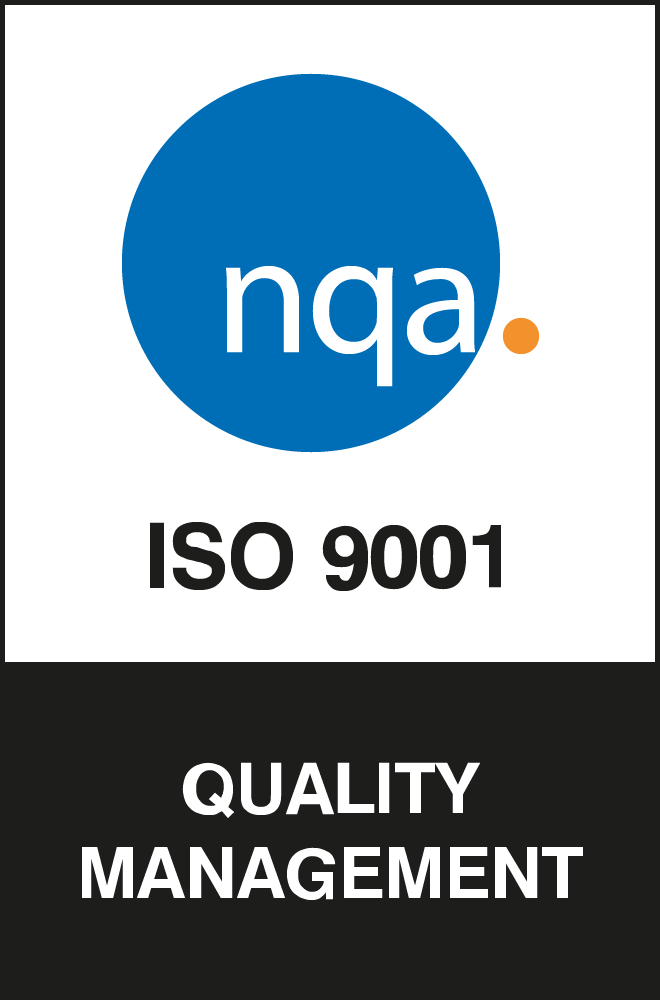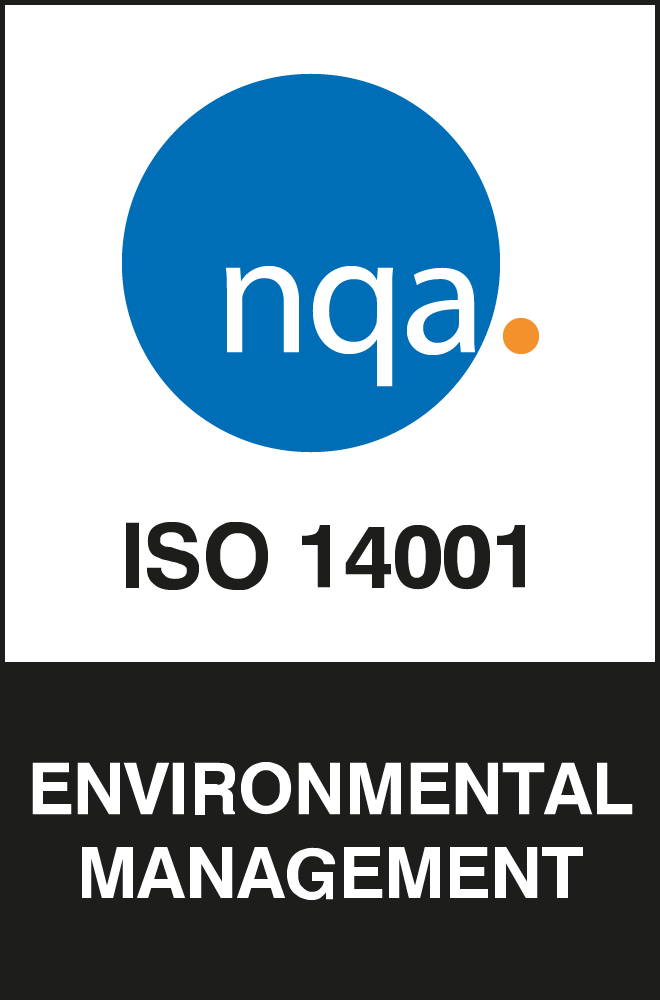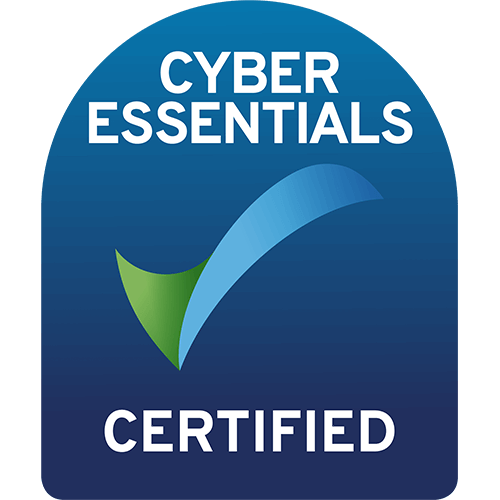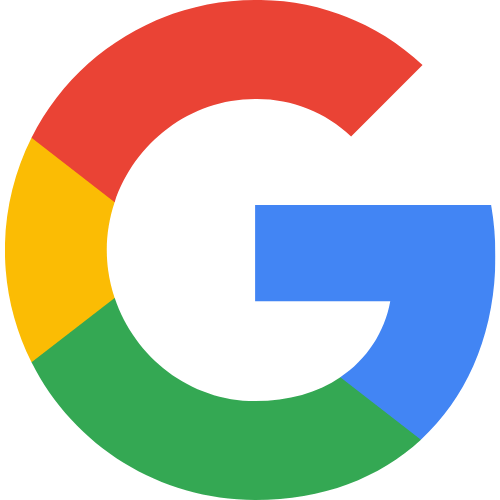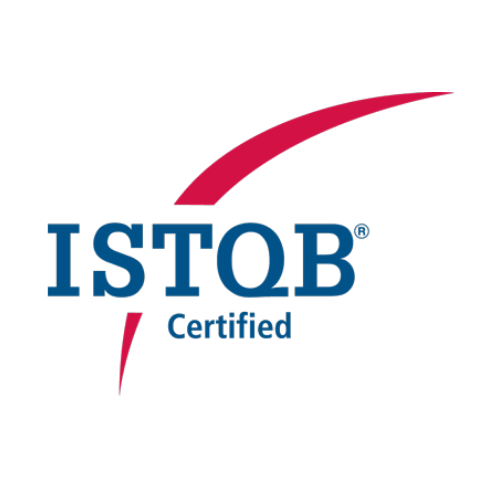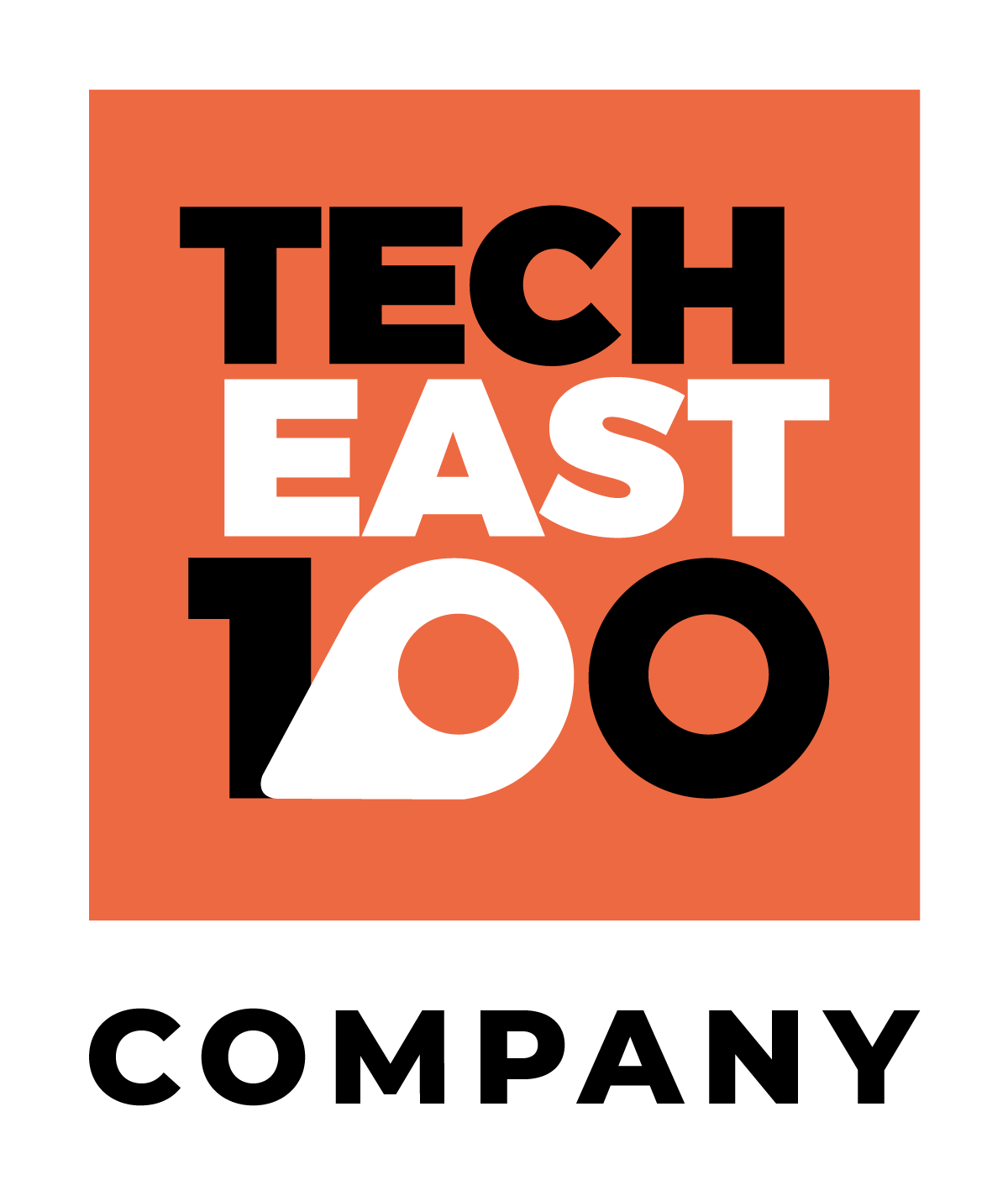As consumers put more pressure on businesses to adopt more sustainable approaches to operations, energy and utility technologies will see significant research and development in the coming years to meet this demand.
Read on to find out how sustainability will affect energy technology and society this year and in the near future.
Renewable Energy & The Energy Transition
The energy transition will see the world move away from fossil fuels and towards renewable sources of energy, and better efficiency of the usage of this energy.
The benefits brought by a switch to renewable energy have not been lost on large tech corporations like Microsoft, Amazon, Apple and Google – which have each published long term plans to make their energy usage more responsible and efficient.
Microsoft
Microsoft has pledged to be carbon negative by the year 2030 and intends to have removed all of the carbon the company has ever emitted since its founding in 1975.
It plans to do this by increasing the percentage of wind, solar and hydropower they buy to 60% this decade and even more thereafter.
Amazon
E-commerce giant Amazon plans to use renewable energy to power 100% of its operations by 2025 (five years ahead of its originally published goal) as part of a wider goal to reach net-zero carbon emissions by 2040.
Last year, the company made the biggest corporate investment in renewable energy within a 12 month period and recently announced 26 new wind and solar energy projects across Australia, France, Germany, Italy, South Africa, Sweden, the U.K. and the U.S.
Apple
Apple has reached carbon neutrality for its worldwide corporate emissions and intends to make its entire supply chain operations carbon neutral by the year 2030.
One example of the steps they’re taking to make their product designs more energy efficient is by reducing the average energy needed to use its products by 73% over the last 11 years.
Google reached carbon neutrality in 2007 and was the first major company of its size and scope to achieve 100% renewable energy in 2017 and aims to be operating entirely on carbon-free energy by 2030.
In order to reach its 2030 milestone, Google has outlined the following as actions they will take:
- “Advance new approaches for procuring clean energy”
- “Drive progress in next-generation technologies”
- “Work with partners to advocate for smart public policy”
Some corporations are even investing in setting up their own wind and solar energy farms, which will allow them to benefit from green energy on their own terms, reduce energy costs and have more control over their access to the energy they require to operate.
Generating energy resources at the location they are going to be used also reduces waste and the costs of transporting it.
Eventually, corporations such as these will diversify their services to position themselves as alternative energy suppliers in the fast-growing green energy market, creating another revenue stream.
Smart Meters
Smart meters are connected devices that monitor utility usage within a consumer’s home, giving them greater control and visibility over the amount of energy, water or other resources they are consuming depending on the meter’s purpose.
The data monitored can then be communicated back to the utility company so that better insight into usage habits can be obtained.
Utility companies can also use this data to create more personalised marketing strategies, for example consumers that have low consumption can be targeted more accurately with special promotions or new product offerings that are designed with this type of consumer in mind.
This results in better marketing ROI and improved consumer experiences.
For consumers, the two main benefits are:
- Manual meter readings are no longer needed
- More efficient usage is encouraged
- Intelligent energy management
For utility providers, the main benefits include:
- Less time spent performing manual meter readings so staff can dedicate time to other tasks
- Real-time electrical system monitoring
- Responsive data can be used for balancing electricity loads and reducing blackouts
- Facilitates dynamic pricing
Smart Grids & Energy Storage
With intermittent energy sources like wind and solar becoming more pervasive, there is a strain on utility suppliers to improve energy storage technology so that the supply can match the demand at all times – whether or not the sun is shining and the wind blowing.
Technological developments this year will allow for low-cost energy storage, which will decrease the demand for coal and natural gas, so renewable energy demand will be boosted.
Electric Vehicles
Electric vehicles have seen a rise in popularity in recent years but we can expect this to continue into 2023 and the future as research develops and people become more aware of the impact petrol and diesel cars have on the environment.
One of the main advancements within the EV (Electric Vehicle) sector is the introduction of new longer-range batteries that allow users to travel further between charges. This will make EVs more appealing to drivers whose main concern is battery life longevity.
From this growth in popularity, EV charging infrastructure development is set to experience unprecedented growth in 2023.
Currently, Tesla ranks number one as the world’s best selling electric vehicle manufacturer, with a market share of almost 18%. It’s closely followed by VW Group at 12%, Renault-Nissan-Mitsubishi Alliance at 9% and Hyundai Motor at 6.95%. (Statista)
However, with rumours arising that Apple could partner with Hyundai to launch its highly anticipated electric vehicle, this market share could soon drastically change.
Although the car is yet to be released, experts imagine it will be designed as an alternative to Tesla models and will change the game for autonomous vehicles entirely.
Self Generating Communities
Renewable energy options are becoming more affordable and easier to access, resulting in self-generating communities springing up across the world.
Not wanting to rely on traditional energy providers and unsustainable resources, people are starting to build their own communities that are powered by renewable resources that they own the facilities to harvest themselves.
We can expect alternative living models such as these to rise in popularity as time goes on.
An alternative to physical self-generating communities, virtual communities are made up on peer-to-peer networks that trade and share energy assets online.
Here are some real-life examples of self-generating communities:
- The island of Samso in Denmark is completely self-sufficient and operates off-grid and independently of the mainland.
- Felheim is Germany’s first self-sufficient village and operates on energy created by the wind and sun.
- The Finca Bellavista Treehouse Community in Costa Rica is a rustic self-sustaining and carbon-neutral community nestled in the Costa Rican jungle, complete with a nearby cell tower that offers mobile reception and internet access to its inhabitants.
- The Dancing Rabbit Ecovillage in Missouri, U.S.A is a self-sustaining community that is powered by solar and wind energy but remains connected to the rest of the country in order to spread their message of sustainability to others outside of the village.
- Tinkers Bubble is a small self-sustaining community based just outside of Yeovil in Somerset that uses solar panels and a wind turbine for power generation whilst its inhabitants work the land without the use of fossil fuels.
The Conscious Consumer
Due to better education and numerous media campaigns, consumers are becoming more concerned about the ethics and sustainability practices of large corporations and in many cases are cutting ties with companies who they do not deem to be doing enough to promote sustainability and operate using clean energy.
As climate education and awareness reach more people, we can expect this type of consumer to become more common.
Because of this, more businesses will switch to renewable energy resources in order to remain in favour within consumers and increase their competitiveness which will, in turn, result in higher demand for green energy and a decrease in demand for the outdated alternative.
Do you want to create an app or some software that contributes to creating a greener future for our planet?
We would love to hear from you, get in touch with our team of expert developers here.




